City Centre Allotments: Oases of Green in the Concrete Jungle
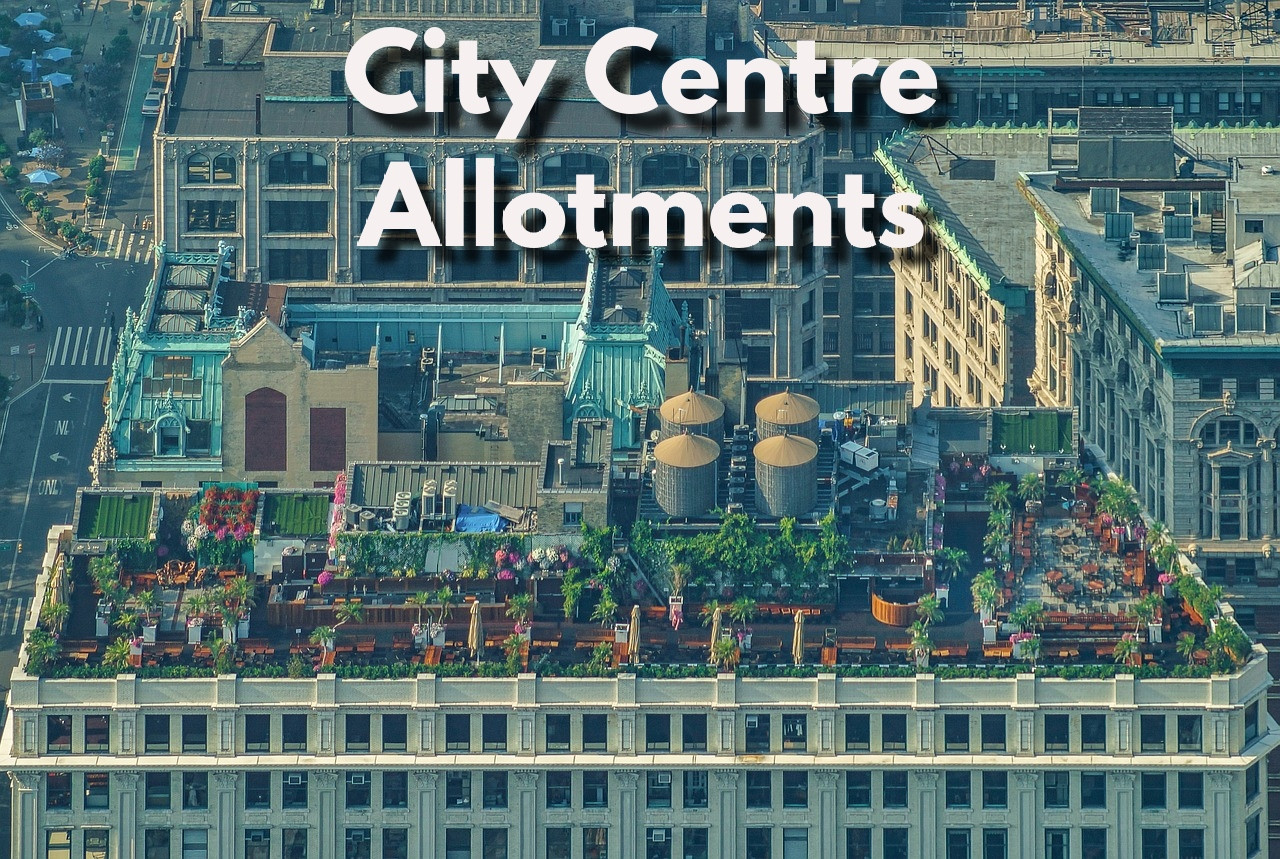
City Centre Allotments: Oases of Green in the Concrete Jungle
In the midst of bustling city centers, amidst towering skyscrapers and busy streets, there exist hidden pockets of green, vibrant oases known as allotments. These small, individually owned plots of land, often nestled amidst urban developments, provide a haven for those who seek solace in the tranquility of nature, a chance to cultivate their own produce, and a sense of community amidst the urban sprawl.

Allotments: A Legacy of Urban Renewal
Allotments have a long and rich history, dating back to the 19th century when they emerged as a response to social and economic challenges faced by working-class families in urban areas. These gardens provided a source of fresh food, a respite from the harsh realities of city life, and a sense of ownership and pride for those who tended to them.
Over time, allotments have evolved and adapted to the changing needs of cities and their inhabitants. They have become more diverse, attracting people of all ages, backgrounds, and interests. Today, allotments play a crucial role in promoting sustainable living, fostering community engagement, and enhancing urban biodiversity.
Allotments Around the Globe
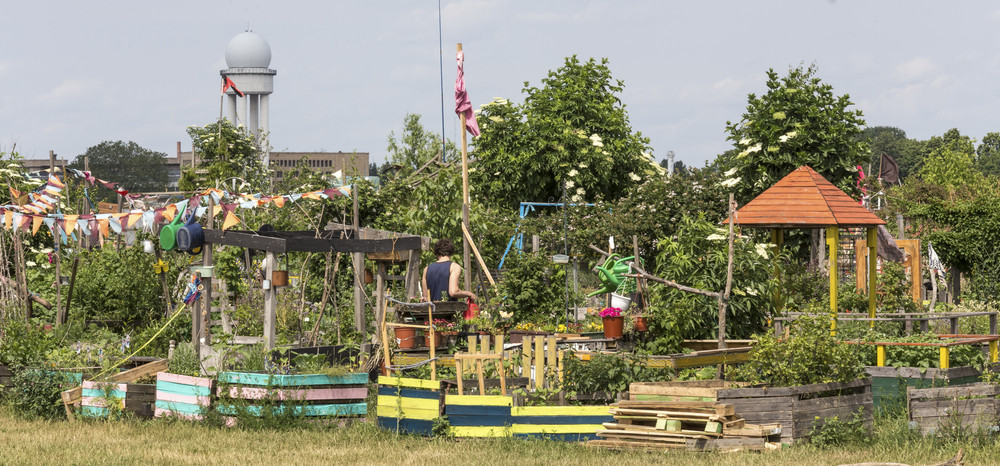
Allotments are found in cities all over the world, from the bustling metropolises of London and New York to the charming streets of Copenhagen and Tokyo. Each city has its own unique flavor of allotment gardening, reflecting its cultural heritage, climate, and urban landscape.
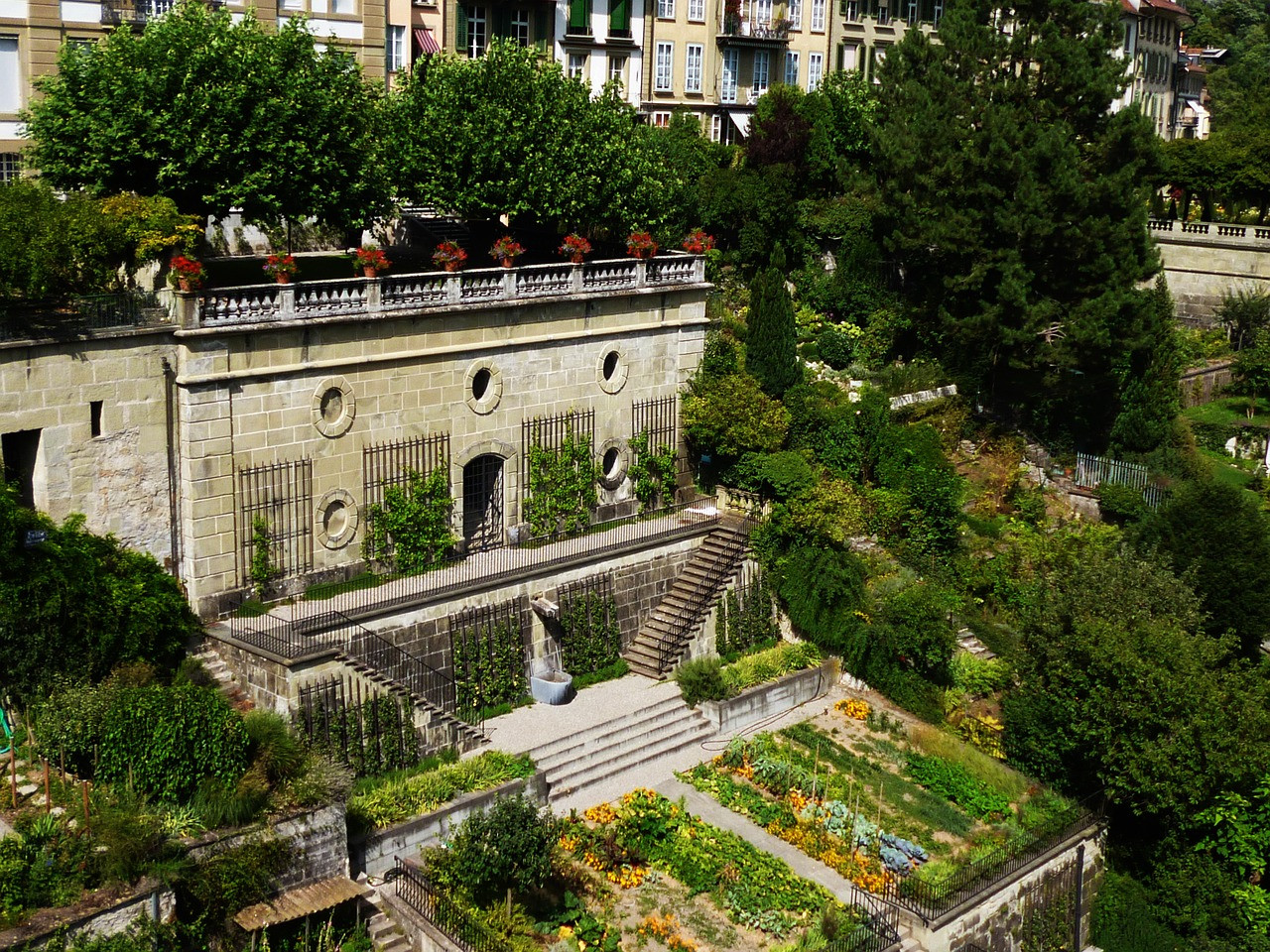
In London, allotments are often tucked away in quiet corners, providing a sense of peace and tranquility amidst the city's chaos. In New York City, allotments are often found atop rooftops or in underutilized spaces, symbolizing the city's resilience and adaptability. In Berlin, allotments are often vibrant and communal spaces, offering a glimpse into the city's vibrant social fabric.
The Benefits of City Centre Allotments
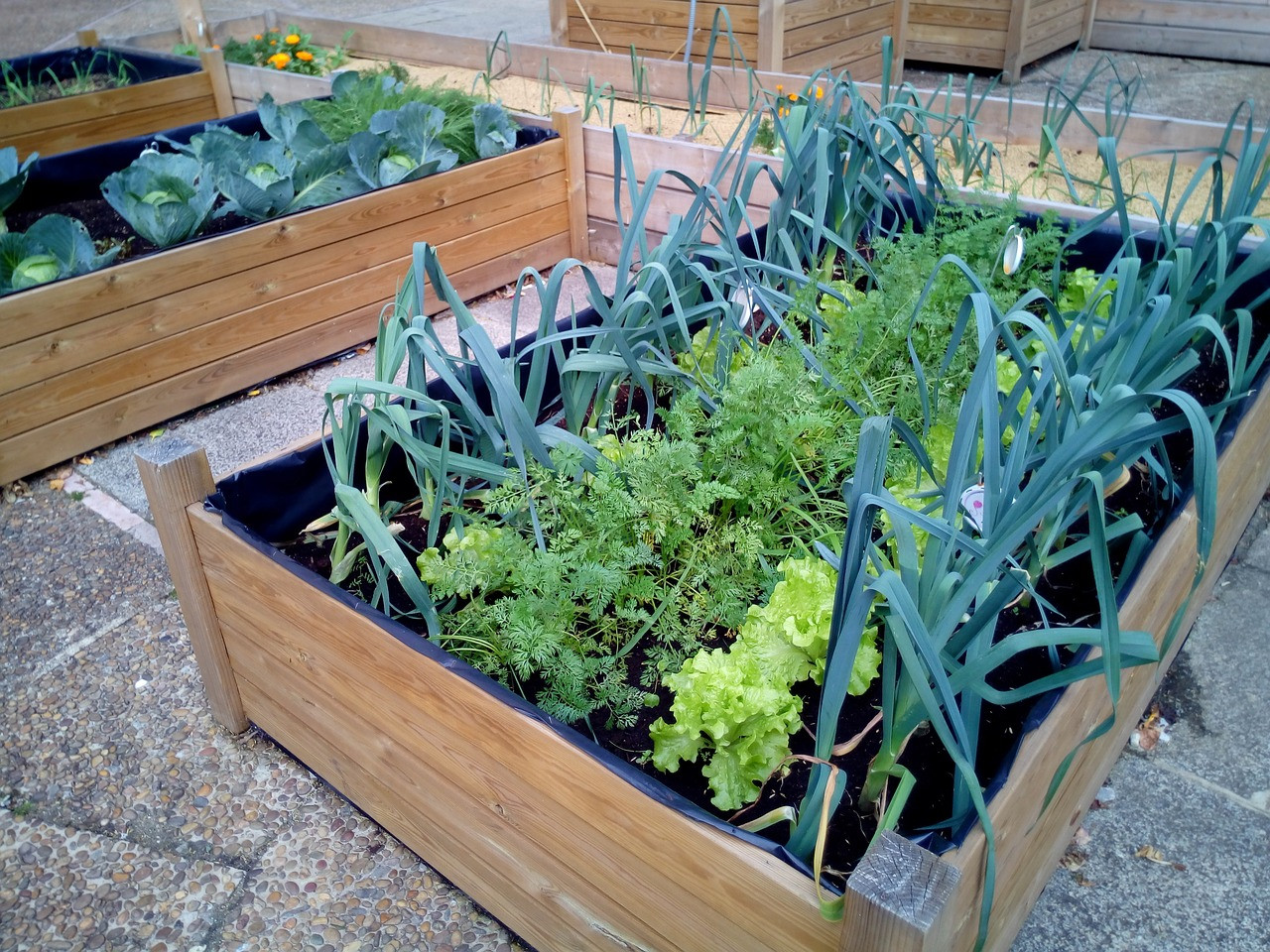
Allotments offer a multitude of benefits to cities and their inhabitants. They provide a much-needed dose of greenery in urban areas, helping to mitigate the effects of air pollution and heat islands. They also contribute to biodiversity by attracting pollinators and other wildlife back into the city.
Allotments promote sustainable living by encouraging people to grow their own food, reducing their reliance on supermarkets and minimizing food waste. They also encourage healthier lifestyles by getting people outdoors and engaging in physical activity.
Moreover, allotments foster community spirit and social cohesion. They provide a space for people from diverse backgrounds to come together, share knowledge and skills, and build strong bonds.
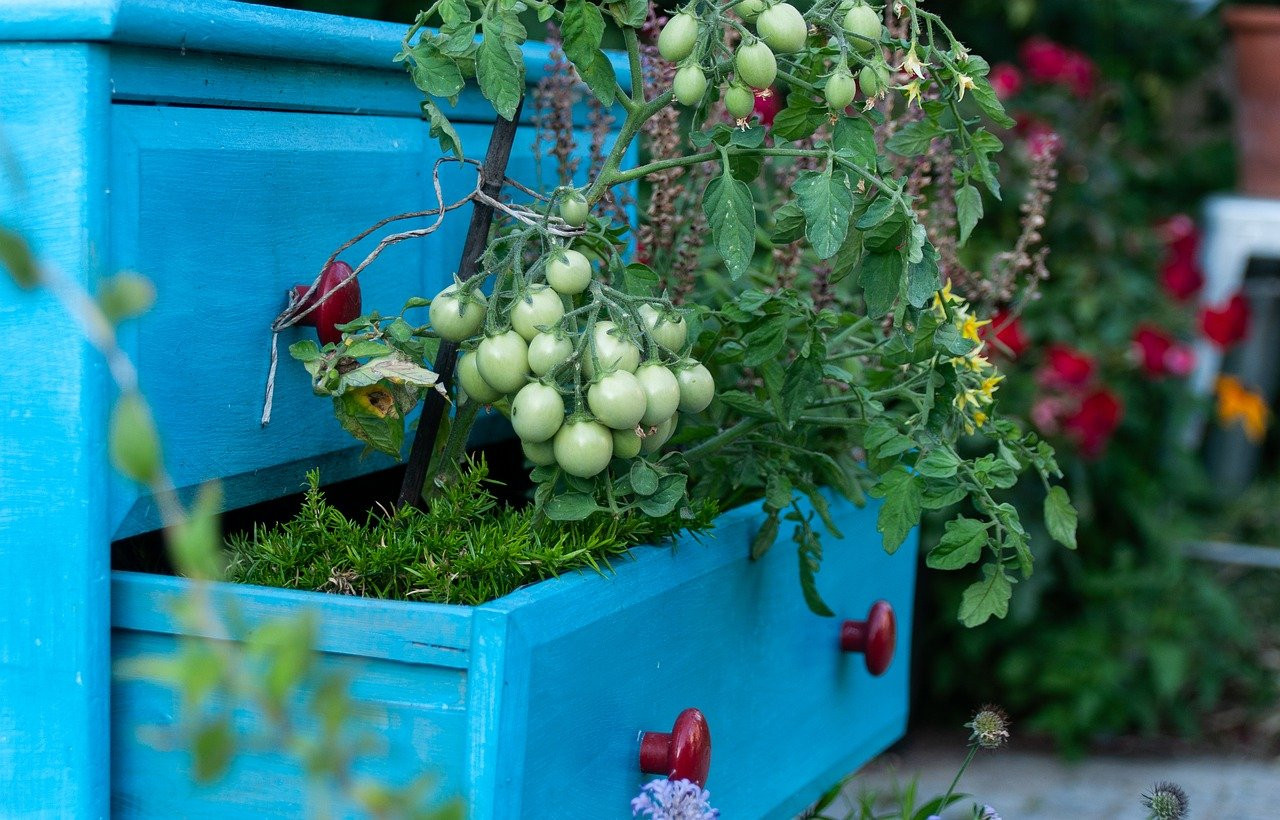
The Future of Allotments
Allotments are thriving in cities around the world, with demand for plots increasing as people seek more sustainable and meaningful ways to connect with their food and their communities. As cities continue to grow and develop, it is crucial to preserve and expand allotment spaces, ensuring that these urban oases remain a vital part of the urban landscape.
In conclusion, city centre allotments are more than just gardens; they are symbols of resilience, community, and a deep connection to the natural world. They provide a welcome respite from the hustle and bustle of urban life, offering a place to cultivate not only vegetables but also a sense of belonging and purpose. As cities continue to evolve, allotments will remain essential spaces for promoting sustainable living, fostering social connections, and enriching the urban experience.


